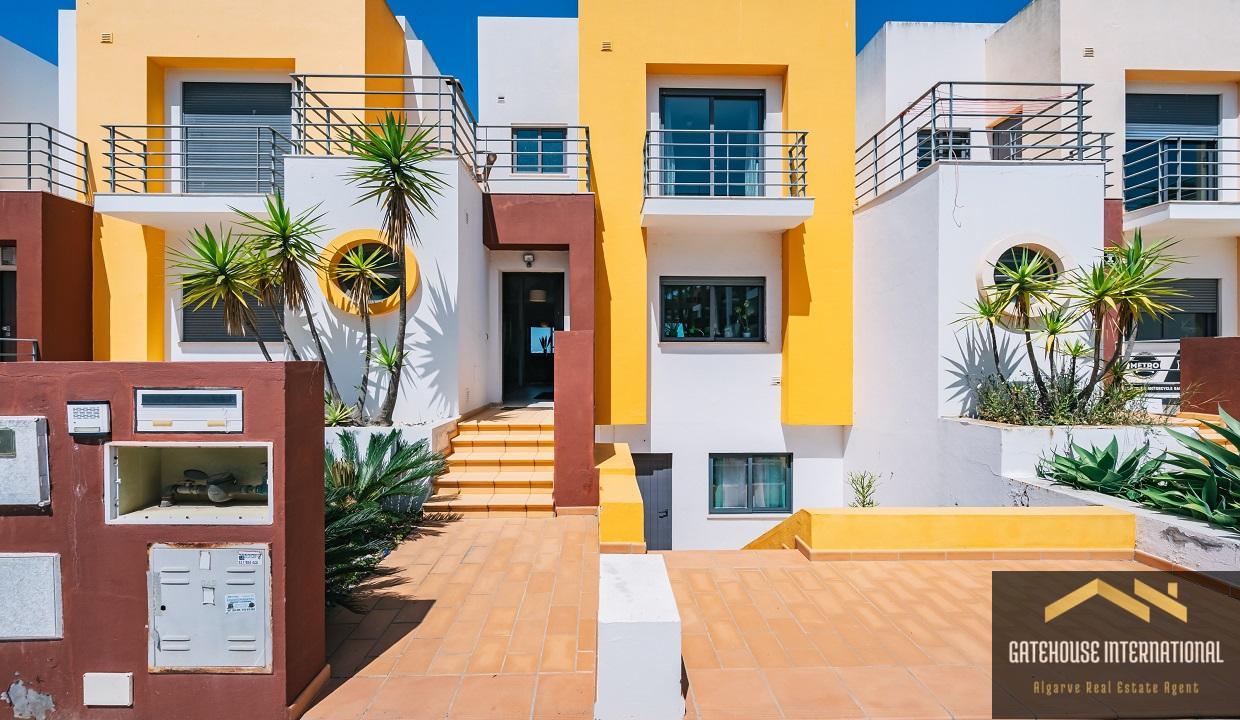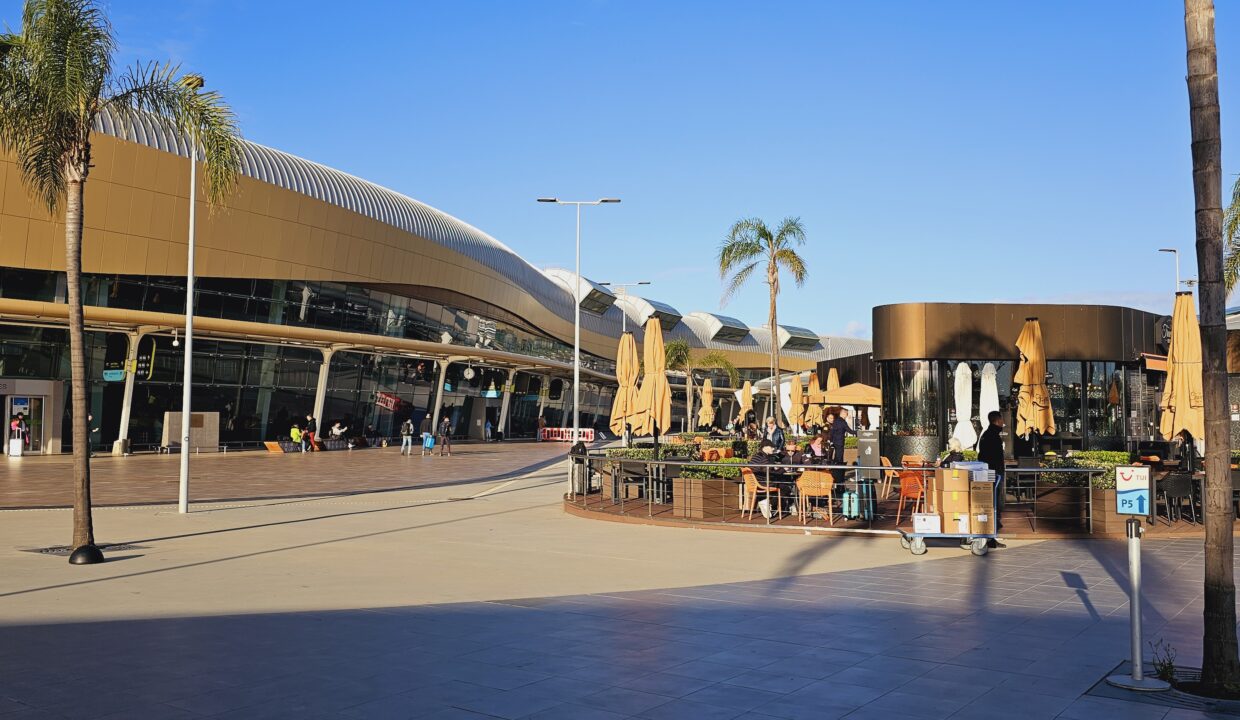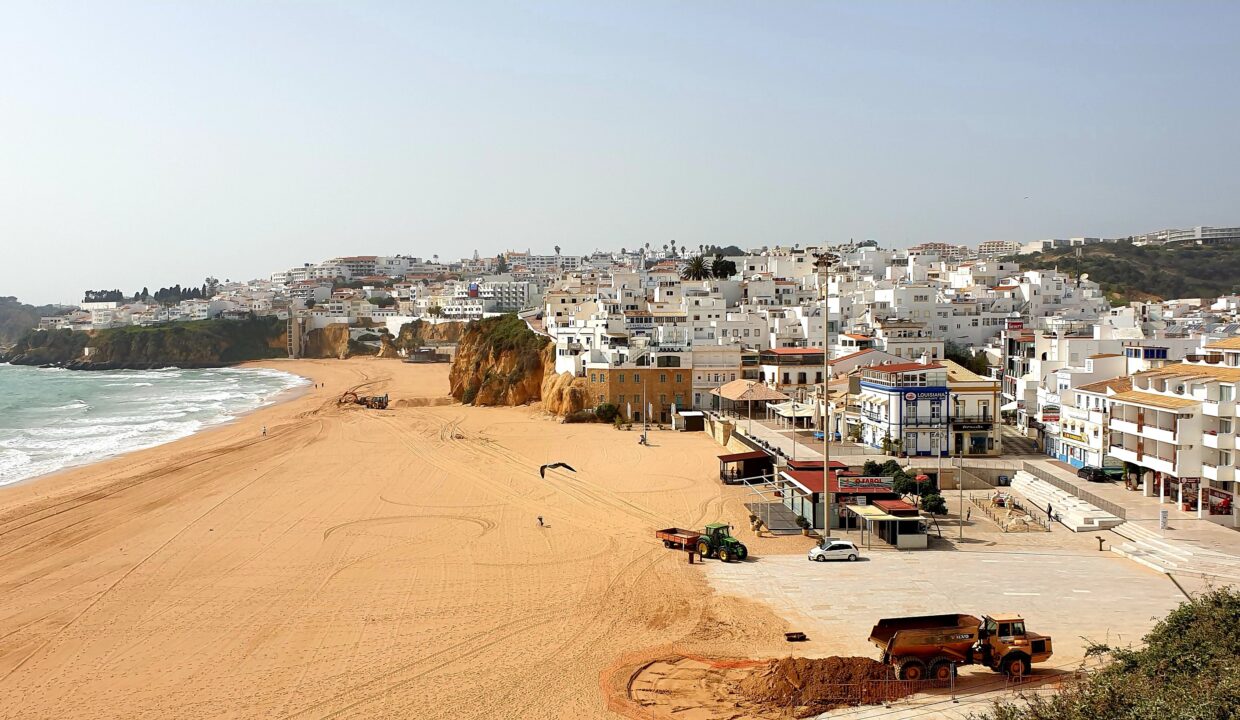Best Tips for Painting the Exterior of Your Algarve Property
Top Tips for Painting the Outside Your Algarve Property
Introduction
When painting the exterior of a Portuguese property, there are several factors you should take into consideration.
Due to the construction design, especially in the Algarve, most properties will need painting outside and inside.
Suppose your property falls into this category unless you get a professional to do the job. In that case, you must consider hiring scaffolding or ladders to reach the high points and follow the advice below.
Portugal has a warm, Mediterranean climate with hot, dry summers and mild, wet winters. Choose paint that withstands these weather conditions, including high temperatures, sunlight, and occasional rainfall.
One important point to note when purchasing the coating is to buy one of the reliable brands, as the cheaper versions can soon lose their colour and waterproofing membrane.
Select high-quality paints that offer good durability and are easy to maintain. This is particularly important for exteriors exposed to weather conditions and may require occasional cleaning or touch-ups.
Many different types of paint are available, so choosing the right one for your needs is crucial. If you are not sure which kind of paint to choose, ask a professional for advice.
Consider the type of building materials used in the property’s construction. Different materials may require specific paint types or preparation techniques. For example, if the property has exterior walls made of stucco or concrete, they might need a different paint application compared to wooden surfaces.
If you have a traditional Portuguese property, you may want to choose a paint compatible with your home’s style. For example, if you have a whitewashed house, you may want to choose a white colour designed explicitly for whitewashed buildings.
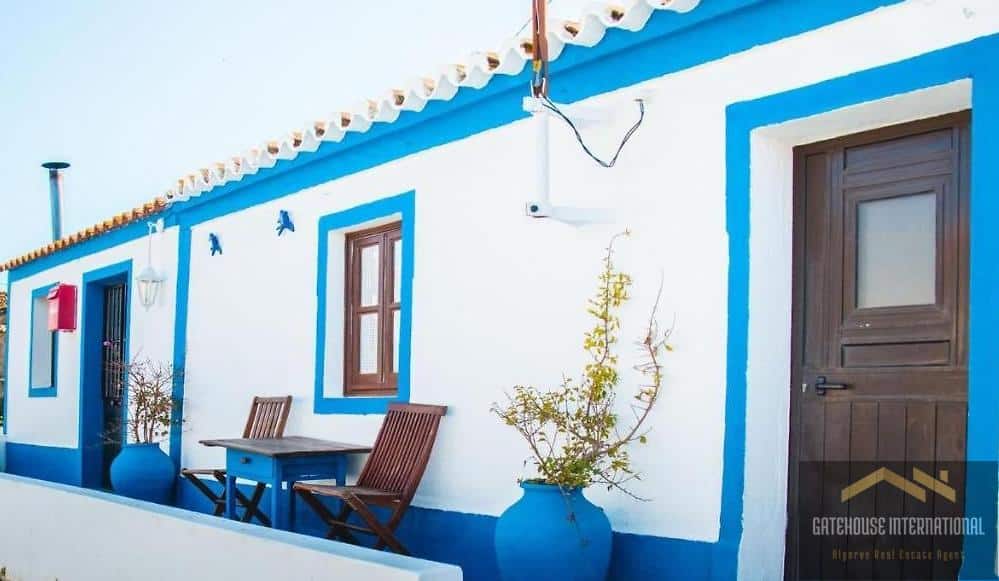
Traditional Portuguese whitewashed house
Specific regulations or guidelines regarding paint colours and finishes may exist if the property is located in a historic area or has historical significance. Check with the local authorities or preservation organisations to ensure compliance.
Architectural style: Consider the architectural style of the property
Certain types, such as traditional Portuguese villas or townhouses, may have specific colour palettes associated with them. Research and choose colours that complement the style and enhance the property’s aesthetics.
Consider the surrounding landscape, neighbouring properties, and the overall ambience of the area. You may want to choose colours that blend harmoniously with the natural surroundings or opt for a contrasting colour scheme to make the property stand out.
Consider your tastes and preferences when selecting colours and finishes. Consider the mood you want to create and how the property should reflect your style.
Consulting with professionals such as painters, architects, or colour consultants is always a good idea if you’re unsure about the best approach or have specific concerns. They can provide valuable advice based on their expertise and experience.
Remember that painting the exterior of a property requires careful planning and consideration. By considering these factors, you can ensure a successful and visually appealing outcome.
Before you start painting, ensure the surface is clean and dry. This will help the paint to adhere correctly and prevent it from peeling or cracking.
Cutting out any loose rendering and refilling with new mortar is also essential. Fill in any cracks with an appropriate external filler. These can be found in most hardware and DIY supermarkets. Always allow it to dry before giving this filler a primer coat before covering it with your exterior paint.
Check the current condition of the exterior painting and look for efflorescence (see below) or flakey paintwork. This needs to be scraped off, or the affected areas re-rendered as if painted over it will keep coming back.
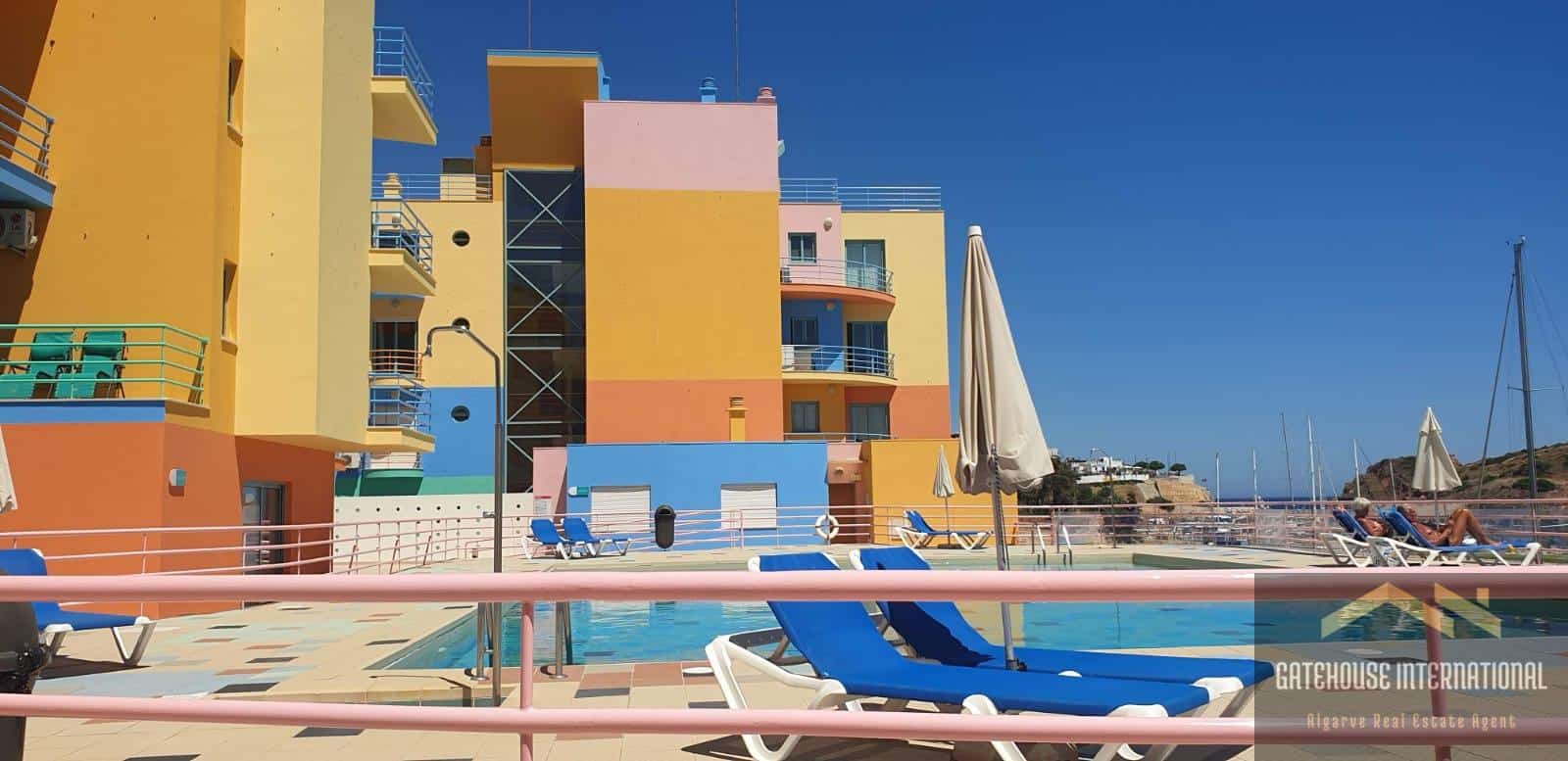
Consider the architectural style of the property
What is Efflorescence and How to Remove It
If you notice a white, powdery substance on your brickwork or masonry? This substance is called efflorescence, and it is caused by the natural salts in the bricks and construction materials reacting with water.
When water seeps into the bricks, it dissolves the salts. The dissolved salts then rise to the surface of the bricks and evaporate, leaving behind a white, powdery residue. Efflorescence can also be caused by using water that contains high levels of minerals, such as healthy water.
Another cause in the Algarve is that builders can cut corners and use beach sand which contains high levels of salt and, of course, is unwashed, unlike proper building sand.
Efflorescence is not harmful to the bricks or masonry but can be unsightly. If you have efflorescence on your property, there are a few things you can do to remove it:
- Power wash the affected area, and this will remove the efflorescence and any loose bricks or mortar.
- Apply a sealant to the affected area. This will help to prevent water from seeping into the bricks and causing efflorescence.
- Replace any damaged bricks or mortar. If the efflorescence has caused damage to the bricks or mortar, you will need to replace them.
Efflorescence is a common problem, but it is easy to remove. Following these tips, you can keep your brickwork and masonry looking their best.

Efflorescence Flakey Exterior Paintwork
Check for Lifted or Drummy Render
Sometimes the render can lift free from the masonry, which can be caused when water finds its way from above, seeping down the wall causing air bubbles and eventually raising the render away from the masonry. You can test your walls by tapping them with a hammer. If you hear a “drummy” noise rather than a solid sound, it could be that the render is coming away.
What is drummy render, and how to fix it?
Render is a material applied to the outside buildings to protect them from the elements. It can be made from various materials, but the most common type is cement-based render.
Drummy render is a type of render that has a hollow sound when you tap it. It is caused by air bubbles that have become trapped in the render. Drummy render is not only unsightly but can also be weak and prone to cracking.
There are several reasons why render can become drummy. The most common reasons are:
- Rapid drying: If the render dries too quickly, it will not have time to set correctly, and air bubbles will be trapped inside.
- Seeping water: This can be from above or by capillary action from below.
- Dust or loose material on the masonry: If there is dust or flexible material on the masonry before the render is applied, it will prevent the render from bonding correctly to the surface.
- Overworking the render: If overworked, it will become too smooth, and air bubbles will be trapped inside.
If your render is drummy, there are a few things you can do to fix it:
- Re-render the affected area: This is the most effective way to improve the drummy render. Make sure the masonry is clean and dry before applying the new render.
- Injecting a bonding agent into the render will help bind the render to the masonry and prevent air bubbles from forming.
- Apply a sealant to the render: This will help to protect the render from moisture and prevent it from drying too quickly.
Following these tips, you can fix the drummy render and keep your home looking its best.
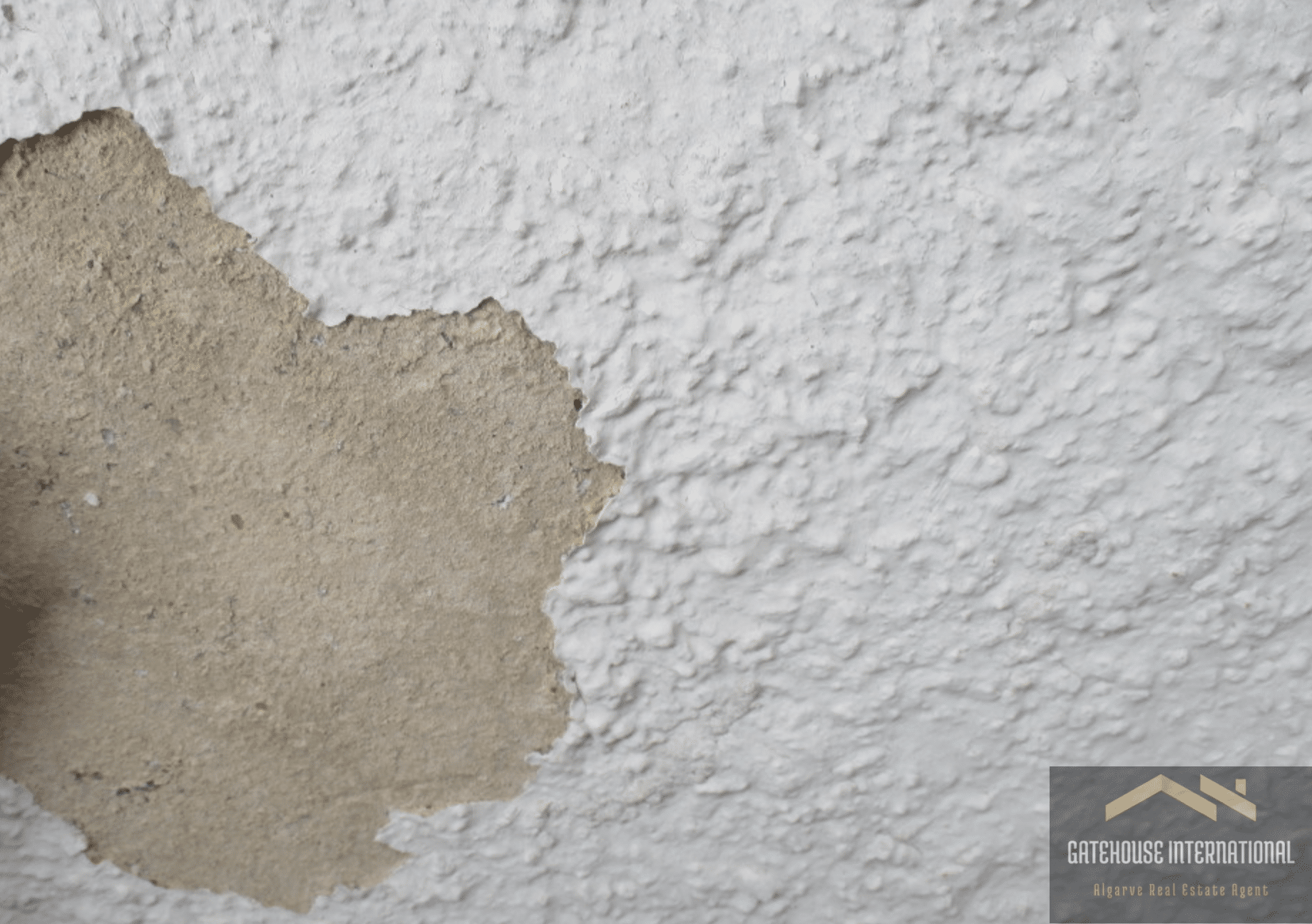
Repairing Drummy Render
Conclusion & Additional Thoughts
It is best to paint the exterior of your property during the spring or fall when the weather is mild. This will help the paint to dry properly and prevent it from peeling or cracking if the outside temperature is too hot.
It is essential to follow the instructions on the paint can carefully. Always read the label, which will help you get the best results from your product.
Allow the paint to dry completely before you apply a second coat. This will help to ensure that the colour is evenly used with no patchy places, and of course, it will last longer.
Once the paint has dried, you must maintain it regularly, which will help keep it looking its best and prevent it from peeling or cracking.

Mark McLoughlin: A Passionate Explorer of Algarve’s Rich Heritage
For over 20 years, Mark has called the Algarve home, immersing himself in its landscapes, culture, and history. His passion lies in sharing the region’s stories through writing, photography, and guides for those who live here or dream of making the Algarve their home.
As a Level 10 Google Local Guide, Mark has contributed extensively to showcasing the Algarve’s hidden beaches, historic towns, and local gems, helping both residents and visitors discover the best of this southern paradise.
🔗 mark-mcloughlin.com

